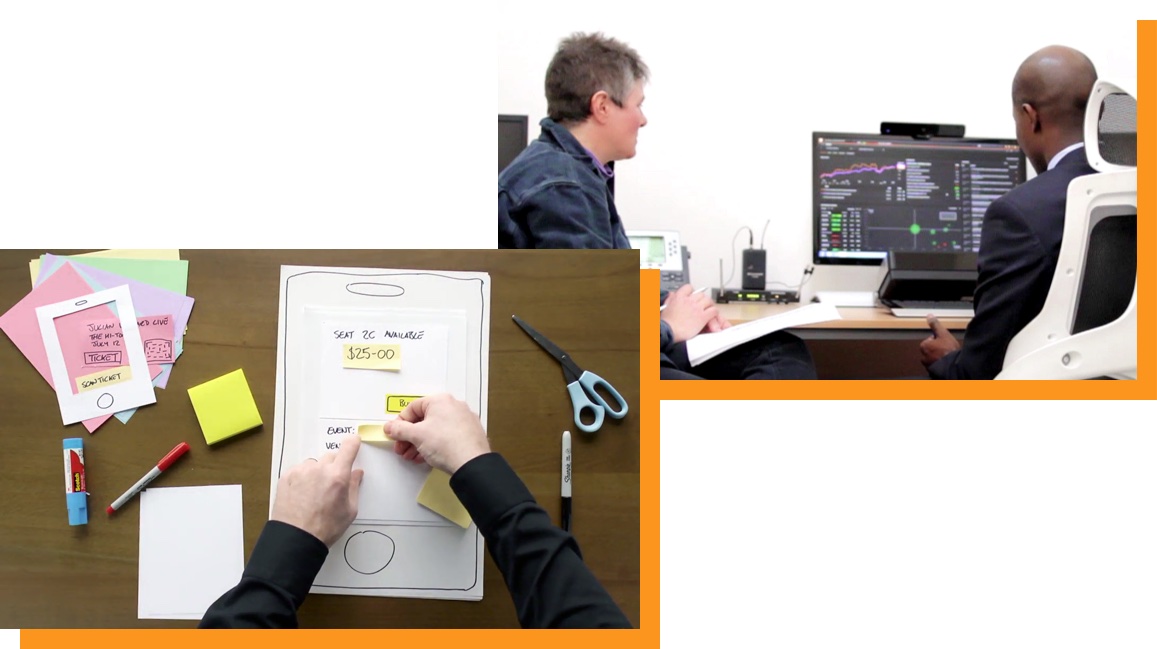A Design Philosophy is the driving force behind the work of a designer or design team. They define the aesthetics, methods, and/or the impact of a design on society, individuals or the planet.
Identifying your Design Philosophy is an absolutely critical part of the design process (experience design, etc.), and directly impacts the creative process, how users will respond to the end product, and even your metrics for success.
For reference, I provided my Design Philosophy below in order to get a love/hate reaction out of you… if you love it, use it… if you hate it, develop your own.
Design Philosophy #1: Beauty is Found at the Intersection of Form AND Function
Dieter Rams was wrong. Sure, his minimalistic philosophy – function over form – inspired a generation of designers.
But not me.
Of course products have to be useful. Duh! That mantra might have split the atom in 1950, but today you won’t survive without incredibly designed products. There’s no Museum of Just Useful Things.

Incredible form & function is what separates Ferraris from Fords. Macs from PCs. Rolex from Timex.
Design must be an equal – if not the leader – in both the process and the output in order for the product to achieve timeless beauty and extraordinary engagement.
Design Philosophy #2: Great Design Should be Experienced First, Seen Second
With a good design, the user engages with a selection of features that allow them to reach their end goal easily. But good design isn’t only what the user sees.
 There’s usually a ton of invisible details of the design that are not so obvious; they really need to be felt. For example, the seamless animations, the intuitive interactions, information architecture, etc. These all contribute to a delightful experience.
There’s usually a ton of invisible details of the design that are not so obvious; they really need to be felt. For example, the seamless animations, the intuitive interactions, information architecture, etc. These all contribute to a delightful experience.
Design Philosophy #3: Empathy & Focus Require Cultural Immersion and Discovery
Typically used as the first step in Design Thinking because it’s a skill that allows us to identify and acknowledge what others are feeling in order to develop a shared understanding of users’ goals, needs, likes, dislikes, and unmet needs. I’ve even discussed in my previous post on how Strategic Design emphasizes empathy for all business initiatives. It works for most situations in order to better inform decision-making and solve complex problems.

To attain empathy, it requires extensive discovery and analysis of your users, their environment, and what makes them unique. This in turn informs the design process and provides an incredible level of focus to teams who are designing and developing products, services, experiences, etc.
Design Philosophy #4: Reward Curiosity
Consumers are drowning in the longtail of choice.
If you’ve managed to pique a user’s curiosity by engaging with your product or service, then reward them with an incredible experience.
Not just the first time. But every time.
This requires deep thought not only about their wants and needs, but hopes, dreams, and fears.

Nothing hurts digital products more than predictability. If your users aren’t connecting to extraordinary content, features, people, experiences, etc., then they may never come back.
I love surprises. Especially good ones.
Easter eggs are my personal favorite. And augmented reality advertisements.
Design Philosophy #5: Design for the Right People
The Scandinavian design community has a saying: ‘One should be in harmony with his or her environment, and things should be made to last rather than be replaced’.
Timeless design is built on intangible factors like dreams and inspiration. While designing for the masses will lead to commercial success, it will likely require diminishing the experience to meet the lowest common denominator across personalities, behaviors, cultures, and socio-economic norms.
That’s where I draw the creative line.
Ensure that you’re designing to satisfy the right group of customers, and you’ll find incredible success.
 It might not be Facebook-level of success, but then again, Facebook is pretty much advertisements and people selling crap I don’t need. So how you define success is just as important as the audience you set out to serve.
It might not be Facebook-level of success, but then again, Facebook is pretty much advertisements and people selling crap I don’t need. So how you define success is just as important as the audience you set out to serve.



2 thoughts on “The Design Philosophy”